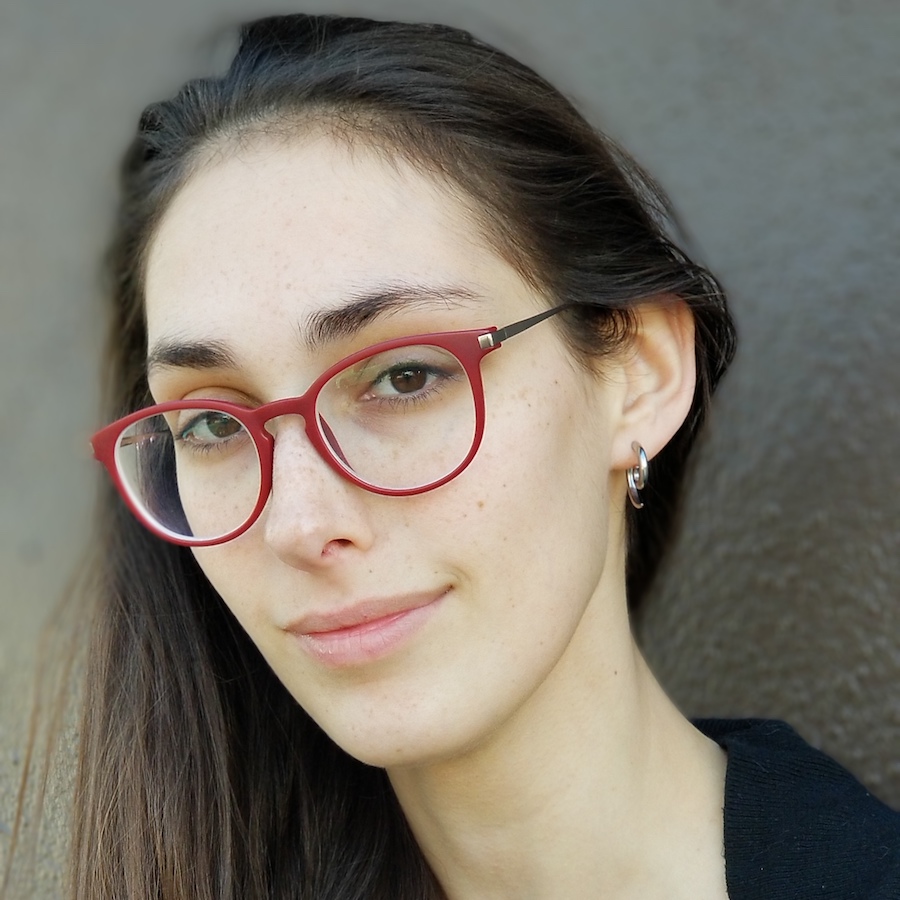On June 15, 2018, over 200 educators came together in Mountain View, California to discuss the future of education, and how technology can continue to support the actual process of learning for students — especially in the sciences, a world in desperate need of more graduates and workers.
Throughout the day, several strong themes resonated through the presentations, collaborative sessions, workshops, and spirited attendee conversations. Here’s what I walked away thinking about, and what I look forward to continuing to discuss:
1. Instead of being wary of tech in education, we need to invest in and take cues from research on how to use tech to promote student success. Evidence shows that our intuitions aren’t the best guides.
Our keynote speaker, Dr. Bror Saxberg of the Chan Zuckerberg Initiative, spoke from his own experience to illuminate the ways in which edtech can both help and hurt learners. He showed that data, not our own assumptions, must rank supreme when we’re trying to positively impact student success.
Bror Saxberg @cziscience: “Thru tech, bad college profs who don’t understand how learning actually works can now harm millions of students worldwide & destroy their hopes & dreams.” Instead engineer learning for real student success #lis18sv @smart_sparrow
— J Kane (@Siliconvalleyjk) June 15, 2018
2. High quality digital tools are those that support multiple learning goals. When paired with scaffolding and context through teacher facilitation, they are highly effective at helping at-risk and high-achieving students succeed.
Dr. Kathy Perkins, Professor and Director of the PhET Interactive Simulations Project at University of Colorado Boulder, led an activity at LIS which challenged participants to take an existing science simulation and design a learning experience which would strike a balance between facilitation and self-exploration. Dr. Perkins explained that these simulations were designed them to support students as they learn content, process, and hard skills such as lab techniques, as well as soft skills such as collaboration and affective aspects of the learning experience, such as enjoyability and student agency.
Now #learning about science simulations from Kathy Perkins @PhETsims to harness the practice of science in the classroom #LIS18SV
— Sally G Pasion (@sgpombe) June 15, 2018
3. Collaboration is the way forward, be it through teaching networks, interdisciplinary connections, or community partnerships.
Speakers throughout the day made this point evident, as did the passionate overheard conversations which filled the NASA Conference Center. To bring back a quote from last year’s summit keynote speaker Bridget Burns, “Go slow alone, or move fast together.” As panelist and Bill & Melinda Gates Foundation Senior Program Officer Rahim Rajan further put it, “Learning is a social endeavor.”
We were at the NASA AMES campus last week for the Learning Innovation Summit #LIS18SV. Erfan @redbruin presented on how @Digital__MEdIC approaches delivering global health education in lower-resource areas, and ways to scale impact through community partnerships. #globalhealth pic.twitter.com/PTNcQxglte
— Stanford EdTech (@stanfordedtech) June 19, 2018
"Learning is a social endeavor." - Rahim Rajan #LIS18SV
— Caroline Kong (UCLA) (@CKongUCLA) June 16, 2018
4. When we’re innovating more effective and equitable models for education, assessment has to go hand-in-hand with learning.
Dr. Alina von Davier, VP of ACTNext, presented on the need for innovation in the joint field of learning and assessment, and the implications these have for equity across student populations and ongoing accuracy of measurement. ACT, most well-known for its university entry exam in the United States, has spent decades striving to facilitate student achievement, and, as Alina put it, “we feel very responsible to be part of this conversation.” The non-profit is taking steps to become a more holistic learning company, through in-house innovation and partnerships with other education-focused organizations such as Smart Sparrow.
Wrapped up a great morning! Makes me miss working in schools! @smart_sparrow #LIS18sv pic.twitter.com/QP7suphYiH
— Giselle Chow (@gisellechow) June 15, 2018
5. The goal of edtech should be to enhance instructors’ pedagogy, not to replace it.
Technology is showing its hand as a way to enhance pedagogy and facilitation, not remove instructors from the equation. Steven Koether of Sam Houston State University, Dr. Michelle Driessen of University of Minnesota, and Dr. Stephanie Levi-Blumer of Oakton Community College shared the different ways they use digital tools in the break-out session ‘Let’s Talk Pedagogy!’ They related the intentional ways in which they’ve used to technology to make their classroom sessions more personalized and interactive, as well as how planning out the integration of various digital tools has made them more thoughtful learning designers. For example, Prof. Koether uses adaptive digital content to engage and build relationships with students out of class, while Dr. Driessen uses digital simulations in the classroom to prompt collaboration and hands-on student engagement.
You can review both of their slide decks on the LIS 2018 homepage.
I’d love to hear what you took away from LIS18SV, or your thoughts on the above. Continue the conversation via the Learning Innovation Networking Group or by tweeting at us @smart_sparrow. To see content from the summit, visit the Learning Innovation Summit 2018 homepage.


